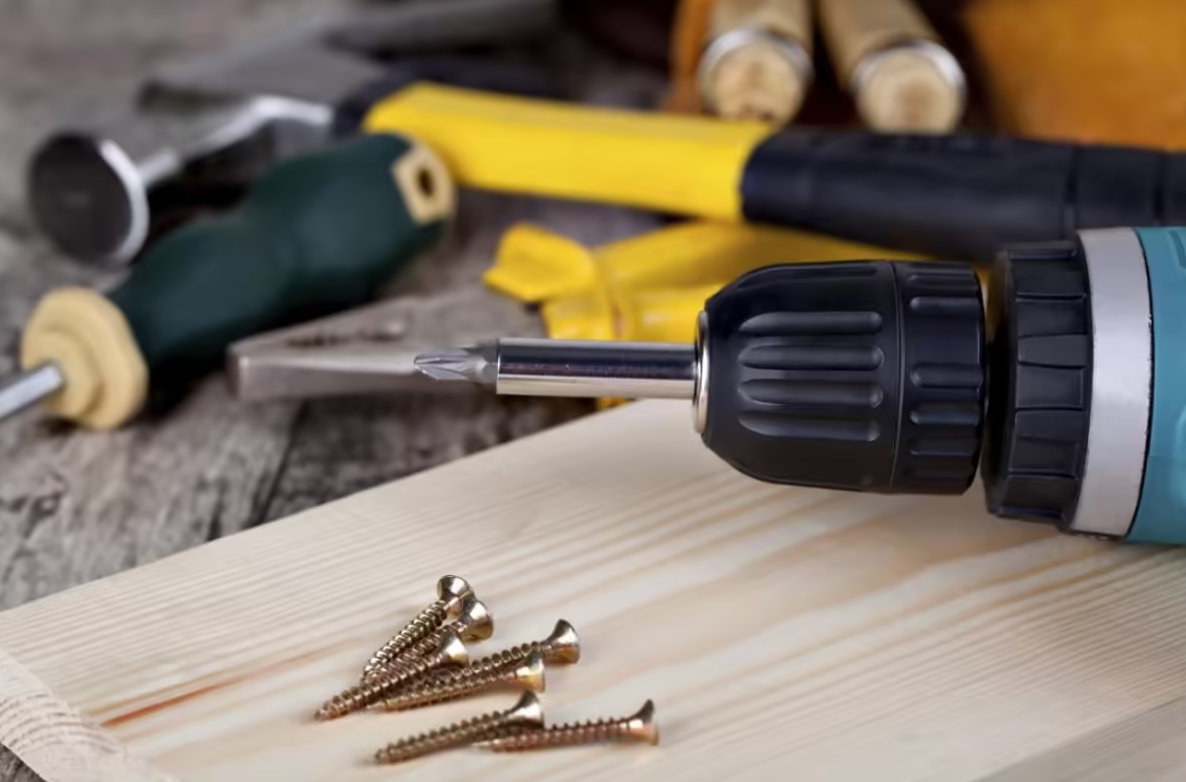
The anticipation of new furniture arriving is often met with excitement, envisioning how it will transform your space. However, this enthusiasm can quickly turn into frustration when faced with a box of components and an instruction manual. The journey from flat-pack to functional piece is not always straightforward, overwhelming many individuals.
Furniture assembly, while seemingly simple, demands attention to detail and a methodical approach. It’s more than just screwing pieces together; it's about understanding design intent and ensuring structural integrity. A rushed approach leads to wobbly items, misaligned drawers, or damaged components, diminishing the joy.
Many common errors stem from lack of preparation or underestimating complexity. From misinterpreting diagrams to using wrong hardware, pitfalls are numerous. These mistakes consume time and compromise longevity and safety, turning a promising acquisition into irritation.
Understanding prevalent assembly missteps is the first critical step towards a smoother, more successful setup. Identifying where things go wrong allows proactive strategies to circumvent issues. This knowledge empowers you to approach each project with confidence, ensuring robust and aesthetically pleasing outcomes.
At Sofalogyubv, we believe every piece of furniture deserves correct assembly to enhance your environment. Our guide equips you with practical insights and actionable advice, transforming assembly into a manageable, even rewarding endeavor. Safeguard your investment and ensure furniture contributes positively for years.
Where Furniture Assembly Skills Are Essential
- Home Furnishing Projects: Essential for individuals setting up new homes or redecorating, enabling cost savings and immediate use of items. Limitations include the time commitment and potential for errors if rushed.
- Small Business Setups: Crucial for equipping new offices or retail spaces with desks, shelving, and display units without incurring professional assembly costs. Potential drawbacks involve staff time diversion and the need for appropriate tools.
- Rental Property Management: Allows property owners to furnish units efficiently and economically, preparing them quickly for new tenants. Challenges can arise from varying furniture designs and the need for consistent quality across multiple units.
Dissecting Common Assembly Pitfalls and Expert Insights
One frequent error is failing to thoroughly read instructions. Many individuals glance at diagrams or assume familiarity, missing crucial details. Experts advise a complete manual review, identifying all parts and understanding the sequence. This foundational step prevents numerous subsequent problems effectively.
Another significant misstep involves skipping or reordering steps. Manufacturers design instructions for progressive structural integrity; deviating leads to instability, misalignment, or damage. Attaching panels incorrectly, for example, often requires complete disassembly and restarting, a frustrating ordeal.
Using incorrect hardware for a specific joint is also a pervasive issue. Similar screws or dowels can have different lengths, leading to stripped holes or weak connections. Meticulously matching hardware to each step, often aided by labeled bags from quality manufacturers like Sofalogyubv, is paramount.
Over-tightening or under-tightening fasteners represents a delicate balance often missed. Over-tightening strips threads or cracks components; under-tightening results in wobbly furniture. Professionals suggest tightening just enough for firmness without excessive force, ideally using hand tools for better control.
Finally, neglecting the assembly environment creates complications. Building large items in confined spaces or directly on unprotected floors can lead to scratches or difficulty maneuvering. Experts recommend clearing ample space, laying protection, and ensuring good lighting for a smooth, damage-free process.
Final Observations and Recommendations for Flawless Assembly
Successful furniture assembly hinges on patience, precision, and thorough preparation. Taking the time to fully understand instructions, meticulously organize components, and approach each step methodically significantly reduces errors, ensuring durable and attractive furniture.
The ultimate goal is long-term satisfaction: structurally sound, safe, and aesthetically pleasing items. Avoiding common pitfalls saves frustration and repairs. A small upfront effort yields significant benefits for your space and peace of mind.
Comments 0
Leave A Comment